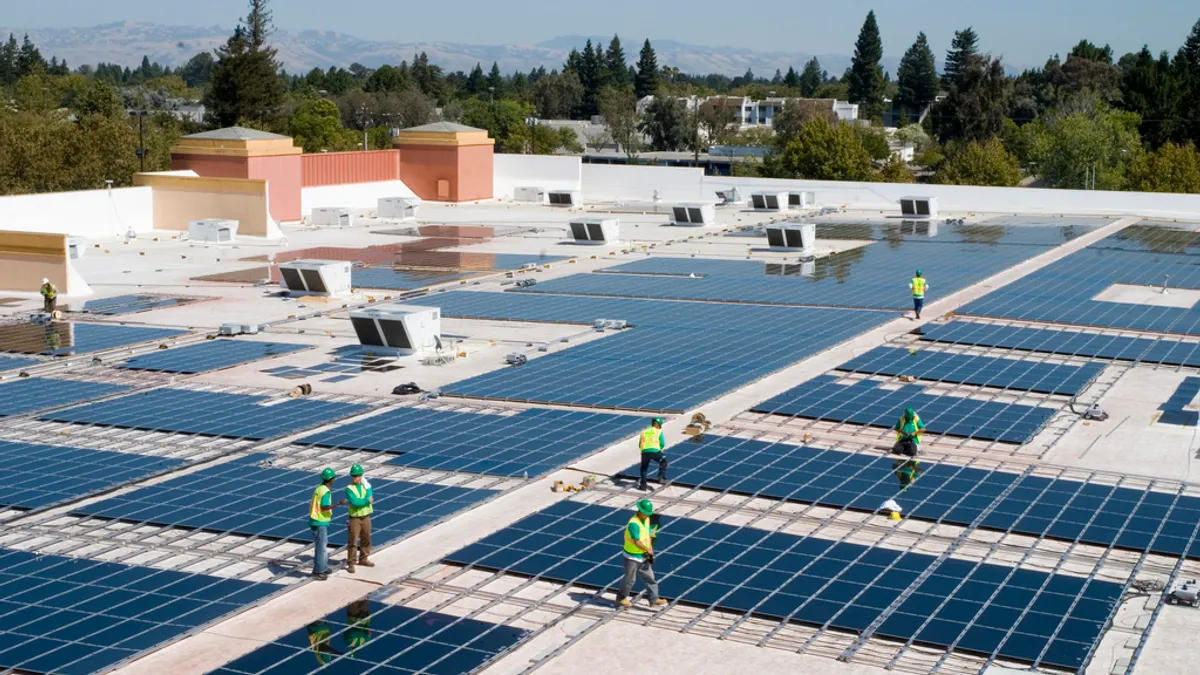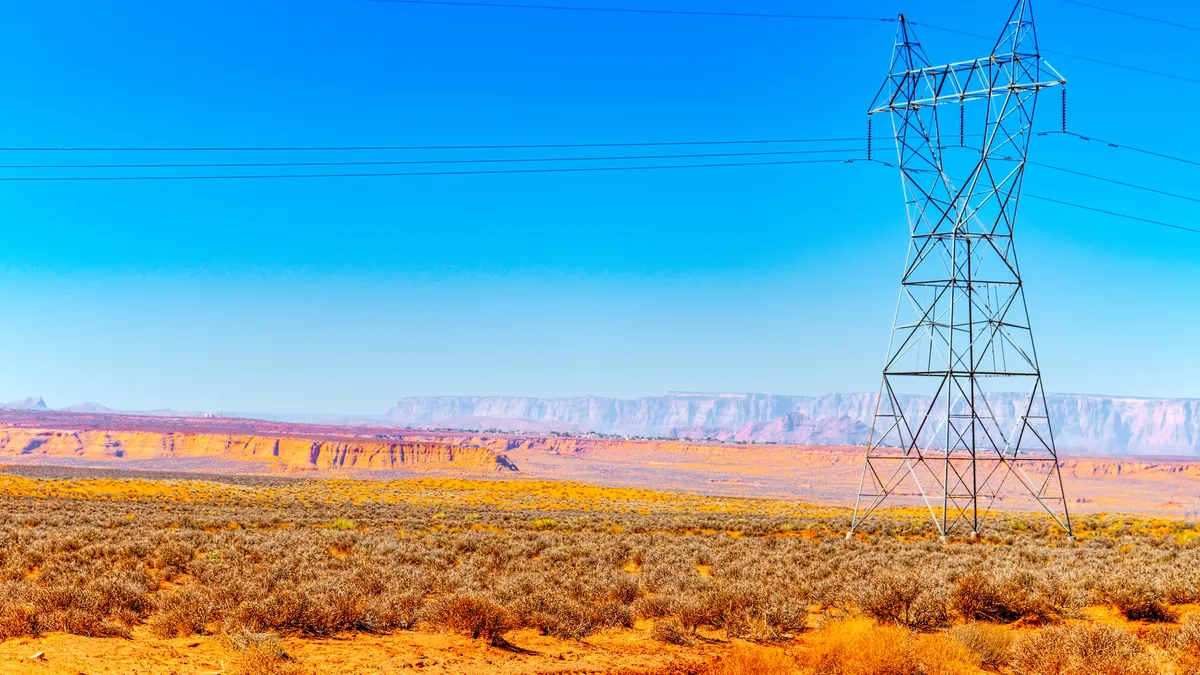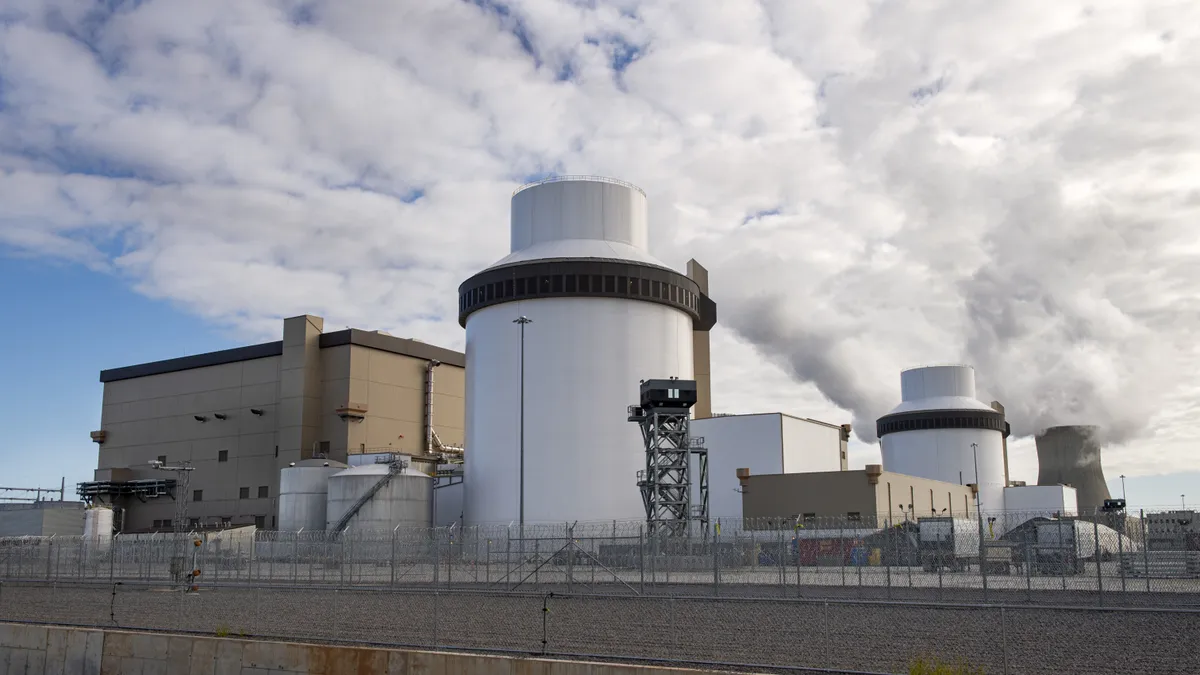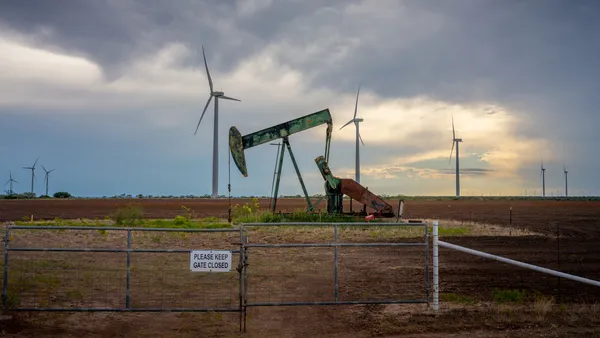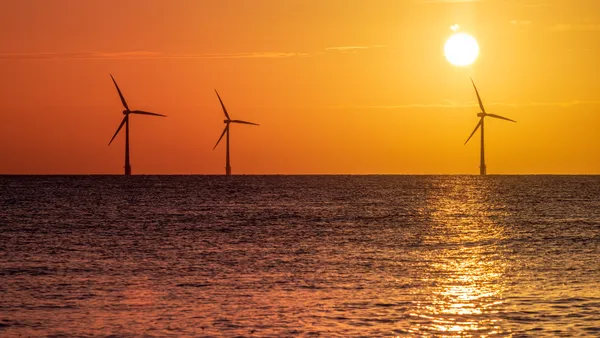Dive Brief:
- A new report by the Solar Energy Industries Association (SEIA) predicts commercial and residential markets in Oregon and Washington are poised for growth, with the two states expected to exceed 200 MW of installed solar capacity at the end of this year.
- The solar industry trade group said Washington solar is set to triple this year and in Oregon installed capacity will increase 400%, AltEnergyMag reports.
- Large companies are helping to drive the solar growth, with big box stores making significant investments renewable energy.
Dive Insight:
The Pacific Northwest's solar economy is set to grow, according to new analysis from SEIA. The firm believes there are currently 142 solar companies in Oregon employing more than 2,100 individuals; in Washington the firm counts 129 solar companies with 2,400 employees.
“Today, the U.S. solar industry employs 174,000 Americans nationwide – more than tech giants Apple, Google, Facebook and Twitter combined – and pumps nearly $18 billion a year into our economy,” Rhone Resch, president and CEO of SEIA, said in a statement.
That "remarkable growth," Resch said, is largely due to public policies which favor renewable power, such as the solar investment tax credit, net energy metering and renewable portfolio standards. "By any measurement, these policies are paying big dividends for the U.S., Oregon and Washington economies, as well as for our environment," he said.
Last year Washington and Oregon saw significant gains in residential installations, according to SEIA's report, but commercial capacity is growing as well, with Walgreens, Kohl's, REI and Safeway all making investments. By the end of the year, the two states are expected to have more than 200 MW of solar capacity installed, or roughly enough to power 25,000 homes.
“In Washington, solar growth this year is projected to triple, while Oregon is expected to more than quadruple. That’s pretty impressive growth,” said Resch. “Today, more and more people, as well as business in both states, are choosing to ‘go solar’ as a way to reduce their electricity costs, make America more energy independent, protect our environment and fight climate change."
Resch said that last year the residential market in both states began to develop, with installed system prices dropping 8%, down almost 50% since 2010. SEIA said the U.S. residential market added 1.2 GW of installed capacity in 2014, and is the the fastest-growing market segment in the country.



